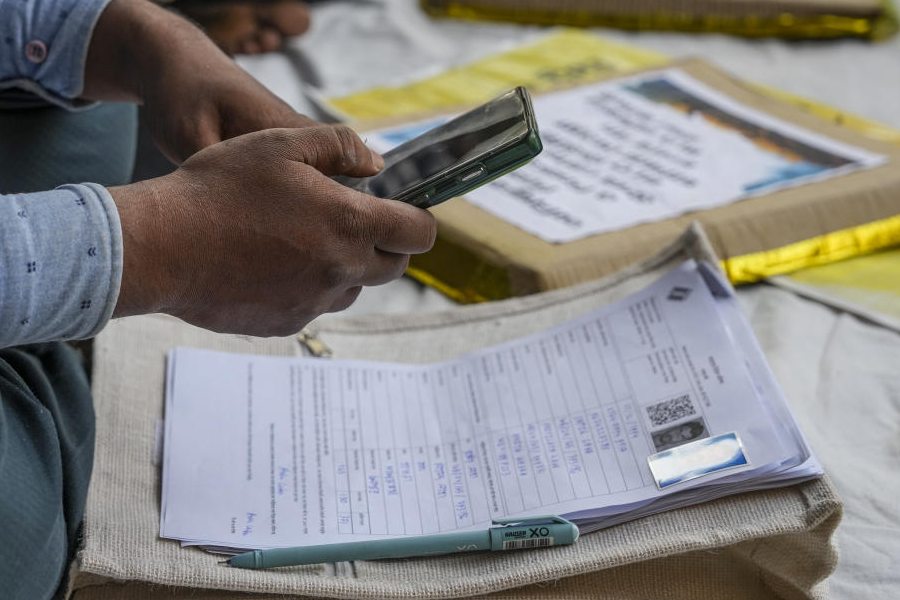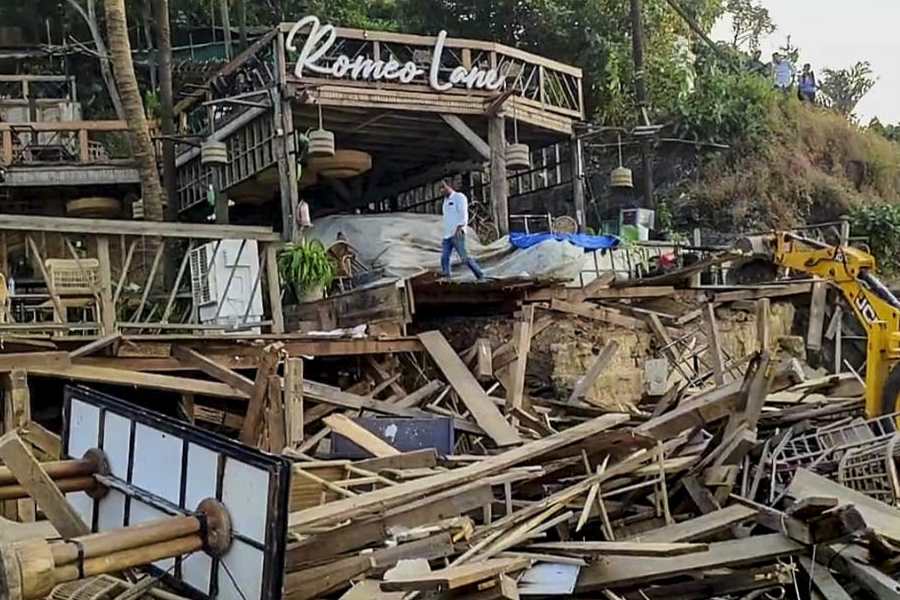While it is easy to identify the art of Sudhir Ranjan Khastgir (1907-74), with the mannered dancing figures flaying their elongated limbs, the beauty of nature, and hungry peasants with lotus-like eyes, his drawings, as Galerie 88’s exhibition, The Rhythms of Refuge, reveals, can occasionally be disturbing. It is almost as if he had a split personality, for while his ecstatic dancers can trace their origin to the Bengal School, his rare, discomfiting drawings are more akin to the documentation of the 1942 Bengal famine.
Khastgir was born in Calcutta although he traced his roots to Chittagong. According to Kamal Sarkar’s Bharater Bhaskar O Chitrashilpi, he was inspired to take up art by the poet and children’s book writer, Sunirmal Basu, who was an artist himself. Khastgir’s mentor at Santiniketan was Nandalal Bose and it was there that he was introduced to sculpture.
In 1934, he joined the Scindia School in Gwalior and Doon School thereafter, where he taught for 20 years. A fellowship in 1937 allowed him to go gallery hopping in Europe. The sculptor, Eric Gill, held Khastgir’s solo show at London’s India House. Khastgir was appointed principal of Lucknow’s Government College of Arts and Crafts. He had created the sculptures of many eminent persons. Some were rough-hewn.
His drawings with watercolours and pencil of peasants, a madari with his performing monkey and bulbul, fishermen and hill people are quite sinewy. The woman adorning her bun with flowers (picture, right) and waterfowl eyeing a shoal of fish are works that are pleasant to the eye. His charcoal drawings of a railway compartment and a village road demonstrate his keen observation of the here and now. But one cannot overlook the two rather strange charcoal drawings that cannot be lumped with the rest. The End of a Village shows a group of men sitting next to a funeral pyre. Is this the aftermath of an epidemic? The second, Suicide of a Widow, is macabre. It is a stark, strange and mysterious drawing that leaves so many questions unanswered.










